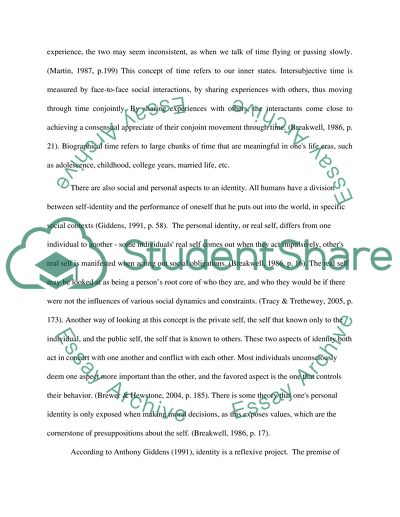Cite this document
(“In what sense does modernisation and post-modernity present a Essay”, n.d.)
Retrieved from https://studentshare.org/environmental-studies/1411376-in-what-sense-does-modernisation-and-post
Retrieved from https://studentshare.org/environmental-studies/1411376-in-what-sense-does-modernisation-and-post
(In What Sense Does Modernisation and Post-Modernity Present a Essay)
https://studentshare.org/environmental-studies/1411376-in-what-sense-does-modernisation-and-post.
https://studentshare.org/environmental-studies/1411376-in-what-sense-does-modernisation-and-post.
“In What Sense Does Modernisation and Post-Modernity Present a Essay”, n.d. https://studentshare.org/environmental-studies/1411376-in-what-sense-does-modernisation-and-post.


